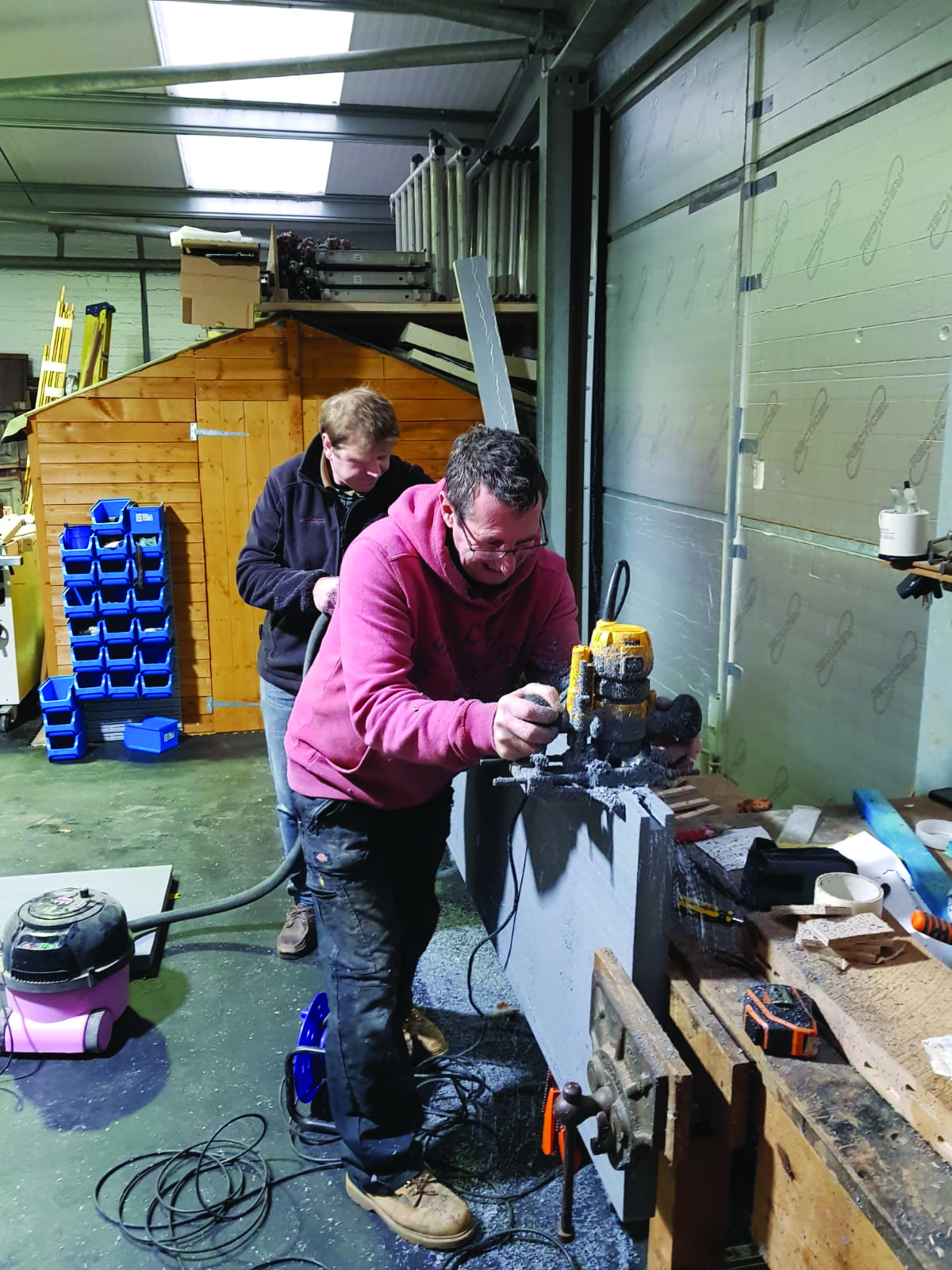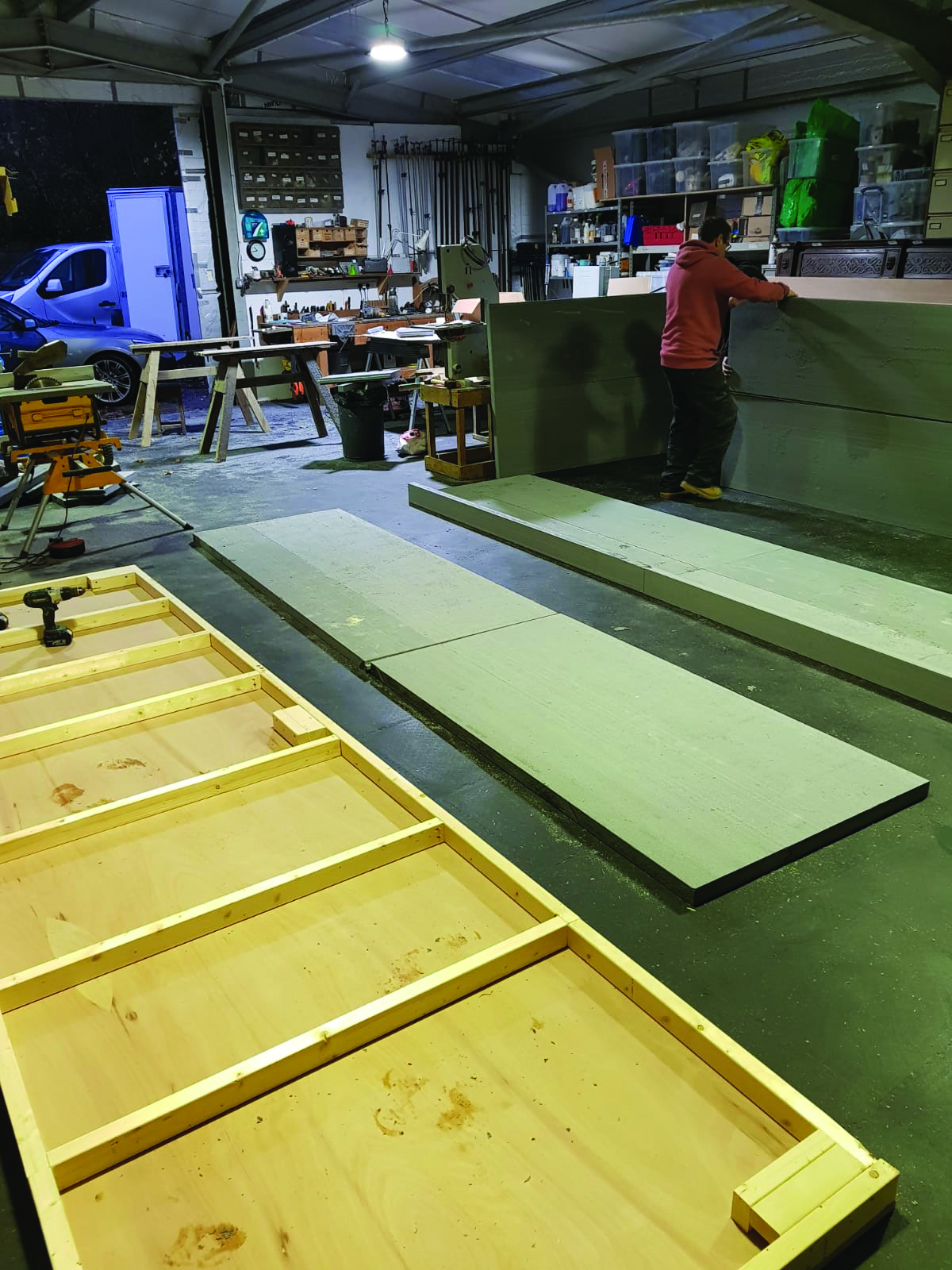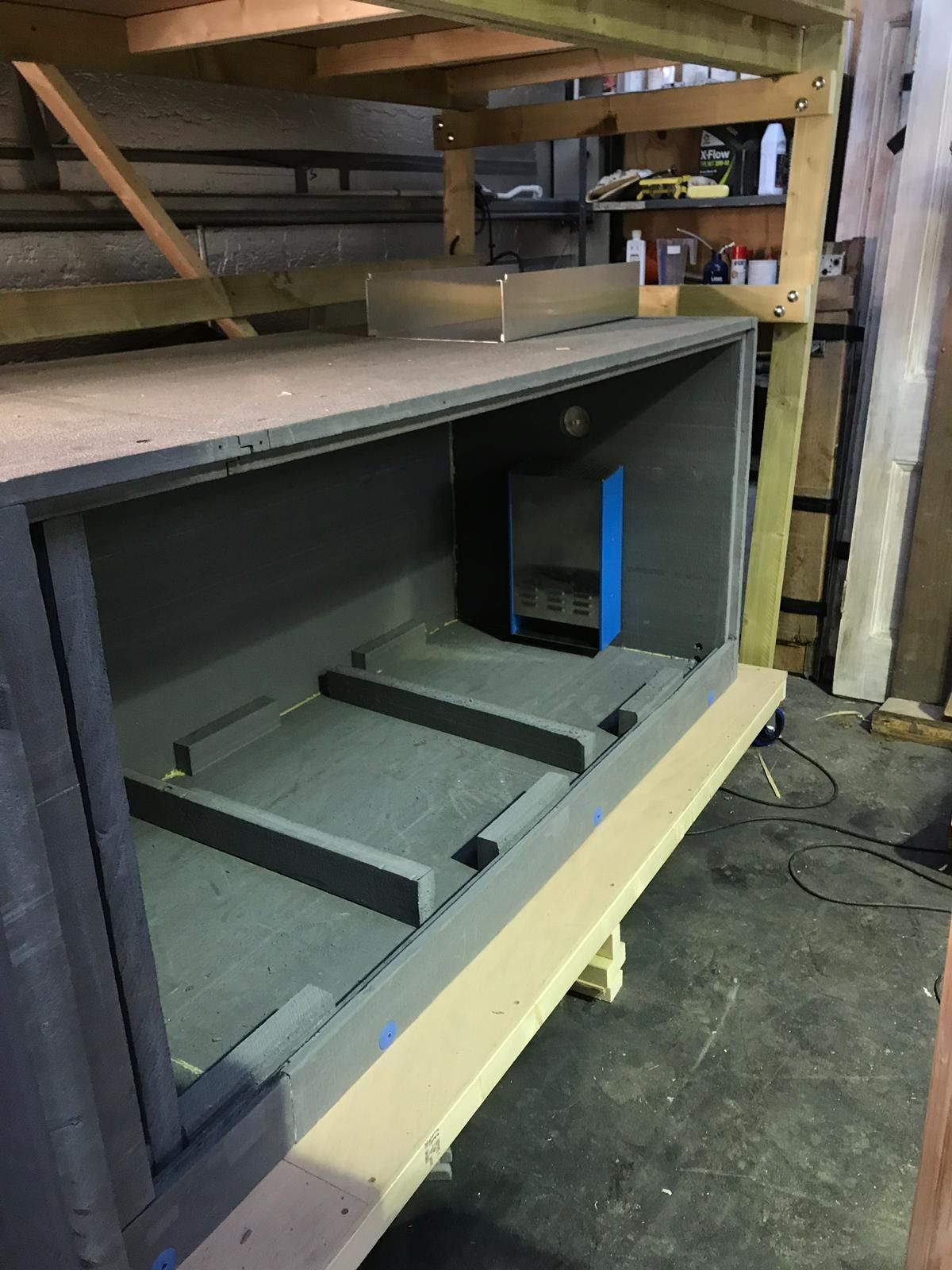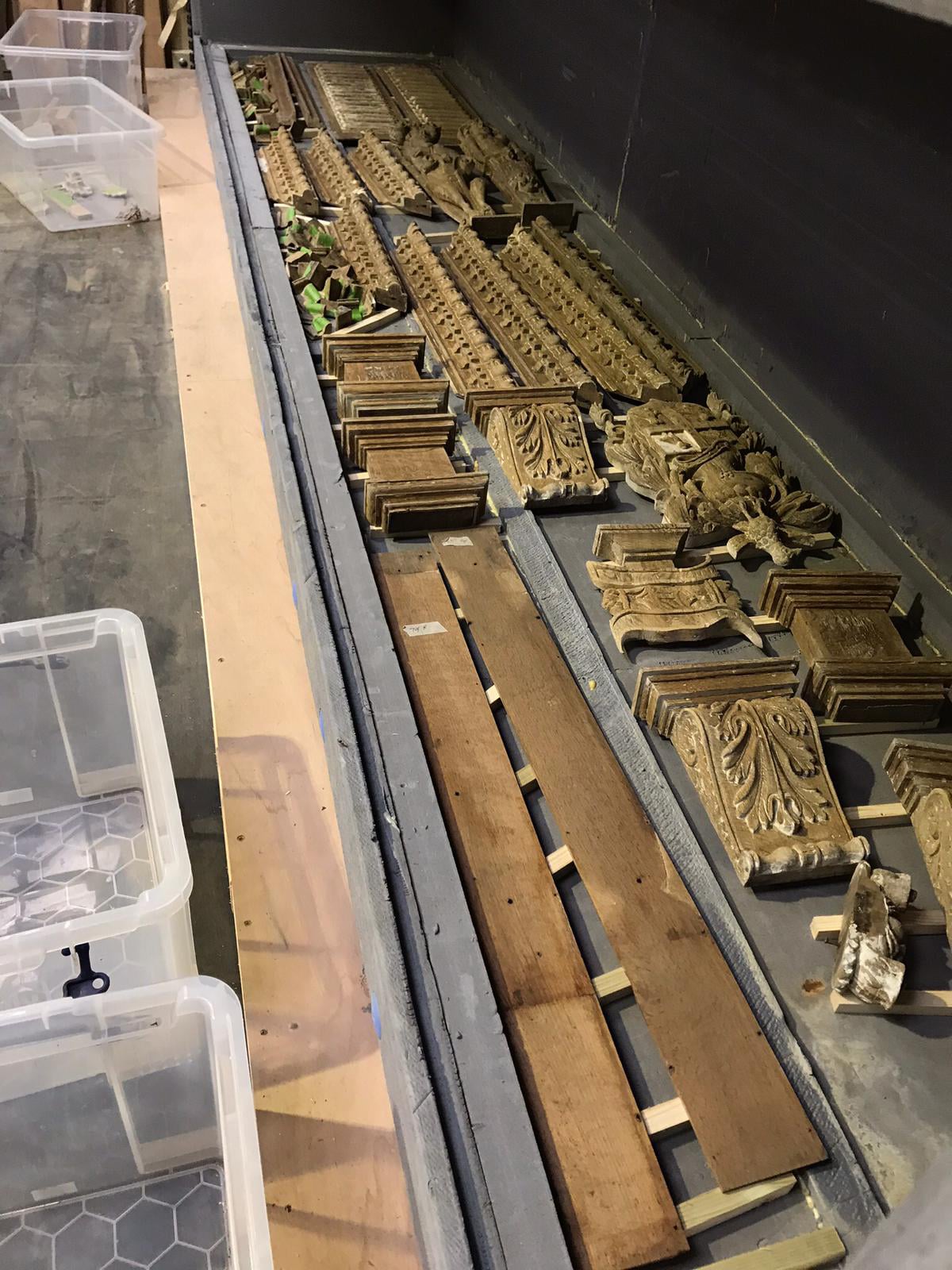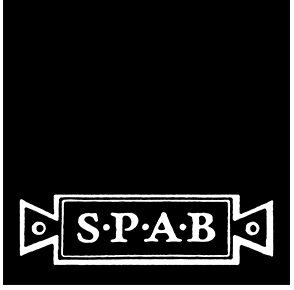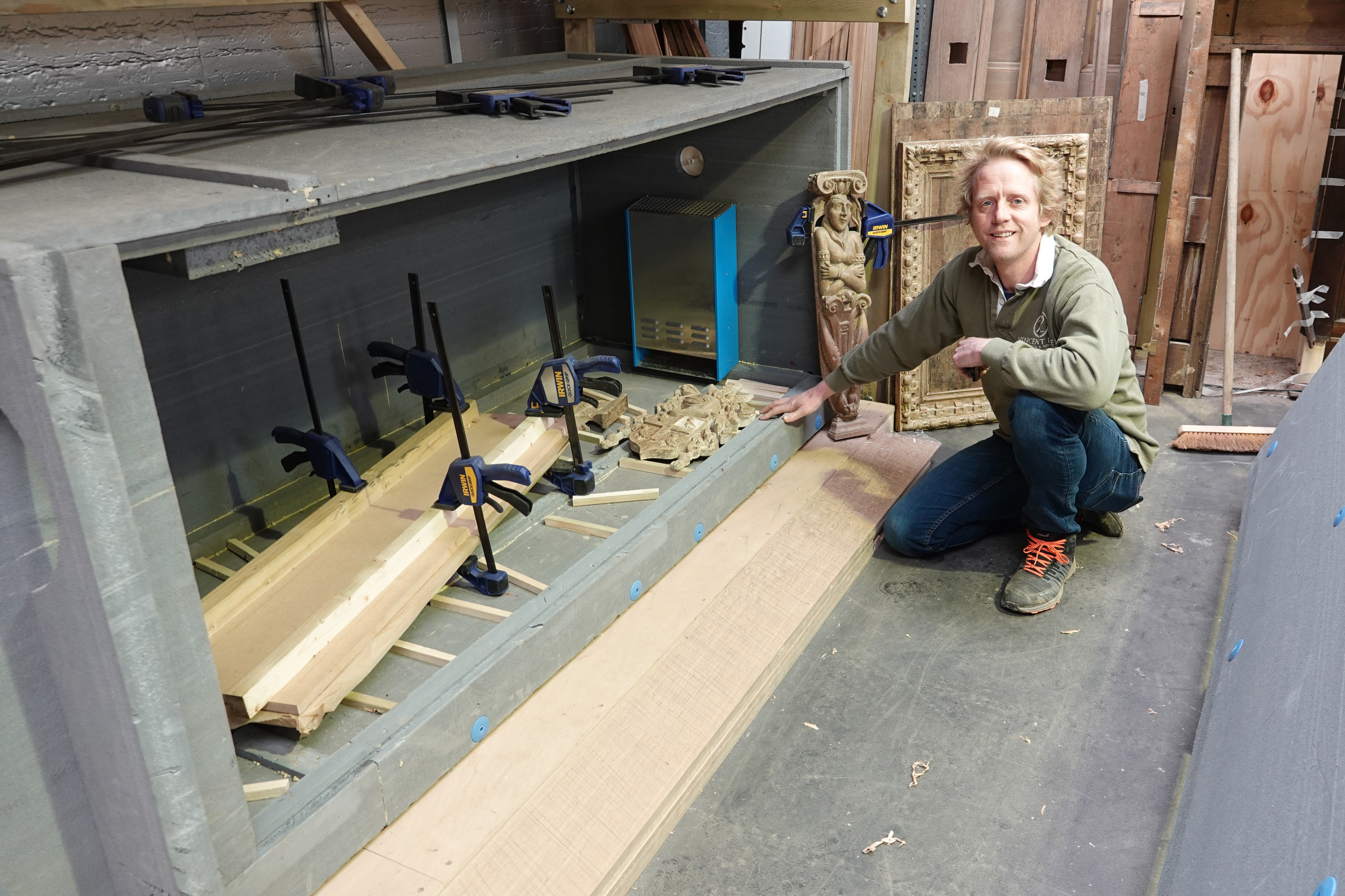
A disastrous flood affecting ancient timbers of a 17th century English manor house, has led leading historic wood restoration expert, Vincent Reed, to modify the Logosol VT5 Sauno kiln to dry out the heavily saturated antique oak features, some of which are more than 400 years old. Vincent has more than thirty years’ experience working with historic timbers: from repairing antique furniture to restoring centuries of wear and tear on the flooring, panelling and joinery of some of the oldest and most valuable buildings in national and private ownership, some as far afield as the UAE. When a burst tank in the attic devastated this period family home, Vincent was faced with the huge task of drying and repairing sodden panelling, damaged window frames and elaborately carved, timber fire surrounds, which had become cracked, warped and mouldy. As a result of water ingress, restoration began by labelling every component, before dismantling and carefully transferring them to Vincent’s purpose built workshop in Sussex for repair and restoration.
The water damage was extensive and required careful repair as well as a relatively fast, yet efficient means of drying the woodwork to stabilise its condition and prevent further damage. With humidity ranging from 20% to 94%, a temperature controlled kiln was the answer to bring the timbers within range of around 11%. Out-sourcing to a local timber kiln was Vincent’s first thought; however, this was a restoration project of immense scale, and the procedures were looking increasingly complex. Some of the timbers were of varying thicknesses; while many were in an extremely delicate condition, being much older than first thought. He needed to maintain control of the process: and quickly made the decision to install his own kiln in the workshop. It had never been done before, so the design needed to produce an accurate outcome; and be adapted to the size and specification of the kind of antique timbers Vincent works with.
The Logosol VT5 kit kiln was originally designed for use by small firewood companies for drying greenwood timber, and comprises a drying control unit and thermostat. Following instructions from Logosol’s webpage, Vincent glued and cramped sheets of Styrofoam to create a kiln box 5m x 1.2m x 1.2m in size – large enough to house the large sections of the damaged wall panelling, or oak floorboards. Another innovation was to mount the whole construction on a ply platform fitted with castors, so that despite its large bulk, the kiln could be moved easily around the workshop.
“What would normally take years to learn, we had to achieve in only weeks, to keep the project on schedule. We monitored everything and learned very quickly from our mistakes“, explains Vincent. “We were also grateful for the support of Logosol’s Per-Arne Ragnarsson; although the kilns had never been used for drying historic timbers before, Per explained to me exactly how the kiln worked and stayed in regular touch, helping us to perfect the process and achieve fantastic results from the VT5 kiln.”
Daily test runs with sample timbers coupled with judicious adjustment of the timings and temperatures, painstakingly established the parameters required to achieve the necessary levels of humidity for antique wood to be drier, yet still pliable enough to be repaired and straightened while safeguarding against further warping or cracking. Certainly it has been a steep learning curve, throwing up a completely different set of problems to kiln drying greenwood timber.
Vincent has no doubt his modified VT5 will continue to prove an asset to his specialist service. Faster, economical and more efficient for drying period wood features – his reputation may be built on his commitment to traditional tools and methods: but Vincent’s clever adaptation of the Logosol VT5 kiln will be invaluable for preserving irreplaceable pieces for posterity.
